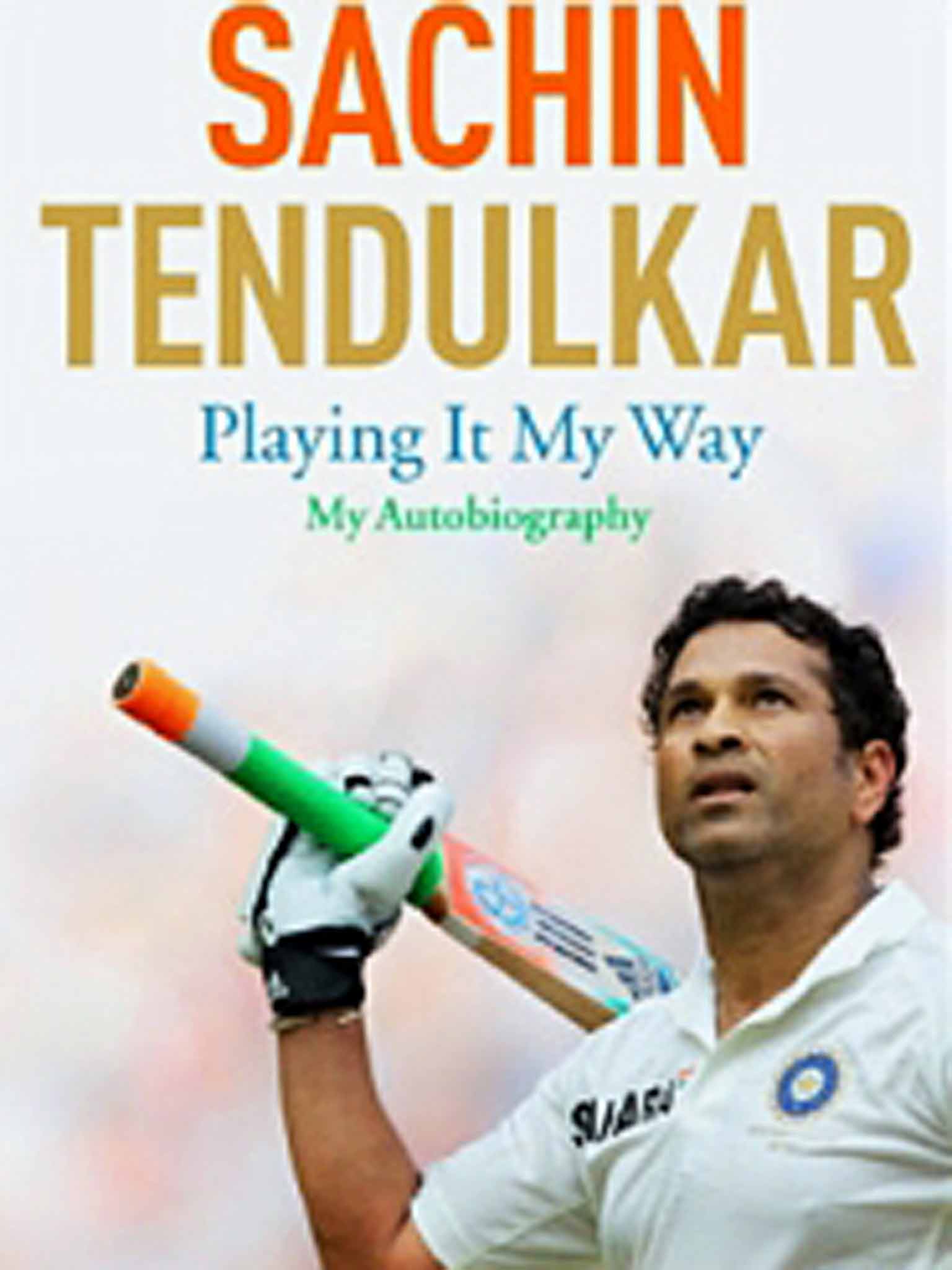Playing It My Way: My Autobiography by Sachin Tendulkar - book review
One of the all-time batting greats plays it too safe

Sachin Tendulkar lived through – and personally fashioned – one of the most exciting phases of Indian cricket. In the Tendulkar era the team became No 1 in two formats, won the 50-over World Cup, and dominated the cricket world.
He was aided by some remarkable men: Rahul Dravid, Sourav Ganguly, V V S Laxman, Virender Sehwag, Anil Kumble, Javagal Srinath, Harbhajan Singh, Zaheer Khan. Any all-time Indian team would include half a dozen players from this era.
Tendulkar was also the symbol of a nation coming to terms with itself. As a child of the economic liberalisation that opened up the Indian markets in the 1990s, he represented the new India and its aspiring classes – self-confident, competitive, respected, rich.
And yet, his autobiography, which could have been of a time and a place, of transition, of a team and a country working their way through the ranks, is instead a faithful recitation of matches and scores. It is good to know that Tendulkar found match-fixing at the turn of the century "distasteful, disgusting and repulsive". And that the spot-fixing in the IPL rendered him "disappointed, shocked and angry at the goings-on". But where is the angst? Where is the trauma of having a national captain (Mohammad Azharuddin) accused of fixing?
What Tendulkar has chosen to leave out – the big issues of his time – tells us more of the player than what is written. The reader goes away with the impression that Tendulkar is self-consciously politically correct, a non-rocker of boats, a bland character with no opinions. Some of that is unfair to the greatest all-round batsman the game has seen. But why write a book of 500 pages to tell us he has nothing to say?
Tendulkar retained his passion not just through the demands of playing 200 Test matches and 463 one-day internationals, but through a series of injuries – toes, back, elbow, wrist – any one of which might have ended his career. Towards the end, the effervescence was replaced by effectiveness, yet he made one-day cricket's first double century at the age of 37.
The best parts of the book are the occasional glimpses into batsmanship. "I've batted best when my mind has been at the bowler's end of the pitch… In fact, for both bowlers and batsmen, cricket is played best when your mind is at the opposite end… Problems occur when your mind is stuck at your own end," he writes. Sadly, there aren't enough such insights. It is the what, where and when that have been given precedence over the why and how, and that's the pity.
Subscribe to Independent Premium to bookmark this article
Want to bookmark your favourite articles and stories to read or reference later? Start your Independent Premium subscription today.

Join our commenting forum
Join thought-provoking conversations, follow other Independent readers and see their replies